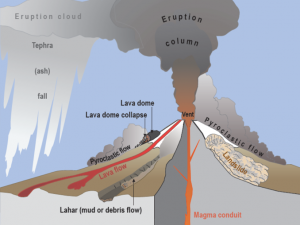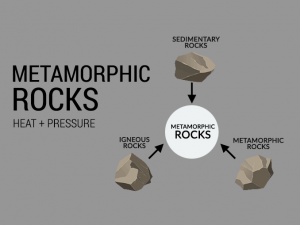Transform Plate Boundaries: Sliding Plate Tectonics

“Conservative or transform plate boundaries slide across from each other without creating or destroying any crust.”
Transform plate boundaries are one of the 3 plate tectonic boundary types along with divergent and convergent plate types.
They don’t have notable features like large chains of mountains. Yet they undergo devastating earthquakes such as the 2010 Haiti disaster because of the sliding Caribbean Plate.
Other transform plate boundaries include:
- Scotia Plate
- San Andreas Fault
- Alpine Fault in New Zealand
What are the common characteristics of transform faults?

When you look at the Earth’s surface, transform boundaries are rarer than divergent and convergent plate boundaries. In addition, they don’t create or destroy crust so they’re more deceptive to see on land.
In fact, they often lack any recognizable topographic features on land. Yet convergent and divergent boundaries show large chains of mountains and enormous ridges.
But transform plates are characterized by long, linear, and narrow faults that pierce through the surface of land. Also, they can displace built features like roads and fence lines through their parallel movement.
Earthquakes can occur almost exclusively at all plate boundaries – subduction zones, transform faults, and mid-ocean ridges. But seismic activity tends to be at a shallow depth for transform plates. Transform faults have volcanoes that spread out at large distances.
Because transform faults have less recognizable features, this is why we’ve built large cities along two transform plates. For example, the cities of San Francisco and Los Angeles best illustrate this case in California.
The curious case of the San Andreas Fault

The San Andreas Fault is a transform fault in California that extends roughly 1,200 m along the state of California. At about 6 cm per year, the Pacific Plate and North American Plate slide across one another.
As mentioned previously, we have built large cities on or near transform plates. For example, the city of San Francisco is located on the North American Plate. But the city of Los Angeles was built on the Pacific Plate. If you could fast-forward time about 10 million years, these two major cities will neighbor each other side-by-side.
Some of the largest earthquakes in North America have shaken along the San Andreas Fault. For example, an estimated 7.9 magnitude rattled California in 1857, Then again, the Fort Tejon ruptured along the San Andreas with inherent damage.
What are examples of transform plates?
There are transform plates that are completely hidden under oceans. For example, the Caribbean Plate and North American Plate straddle Haiti, Cuba, and the Dominican Republic. As these plates slid across each other, it was responsible for the magnitude 7 earthquake that had a death toll of 230,000 people.
The Scotia Plate is surrounded by two major plates along the edge of the South Atlantic and the Southern Ocean. But its neighboring plates control how much it moves in either direction. About 47 million years ago, it’s believed that it opened the Drake Passage which is a massive trench from the South American Plate to the Antarctica Plate.
In the Atlantic Ocean, mid-oceanic ridges diverge from the North American Plate and African Plate. These divergent plates have transform boundaries that periodically offset each ridge.
Transform Plate Boundaries: Sliding Plate Tectonics
Plate tectonics is a geological theory that describes the movement of Earth’s lithosphere, or its solid outer shell.
While transform plate boundaries slide across from each other without creating or destroying any crust, they are also very recognizable.
If you have any questions or comments about transform plate boundaries, please do not hesitate to let us know what’s on your mind. We would love to hear from you.















Loved this read everything and I am so smart now thanks!